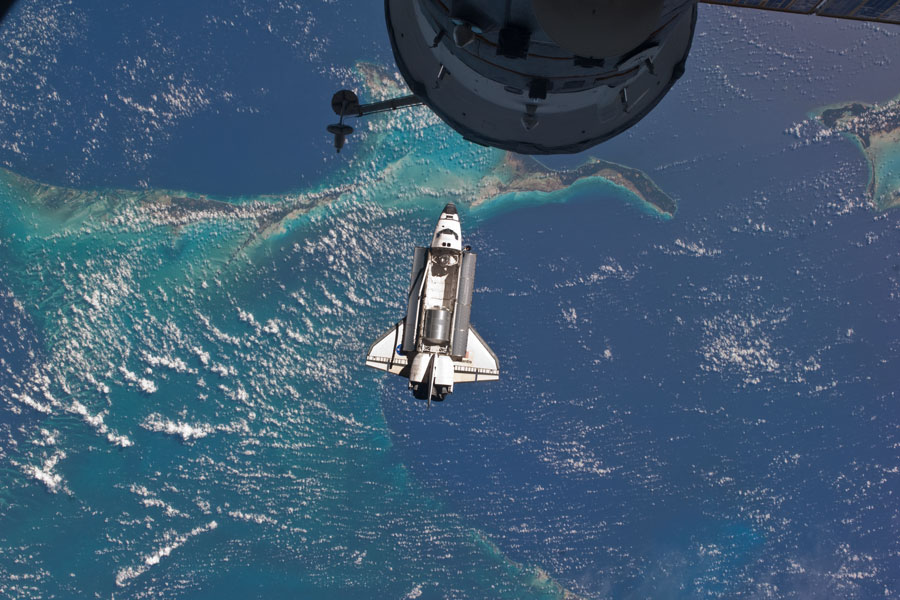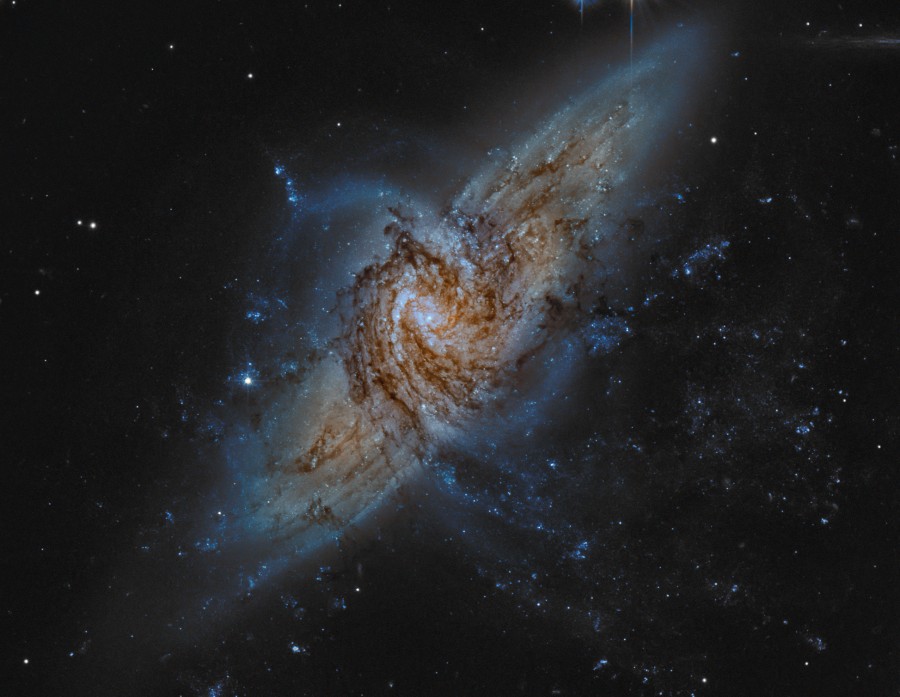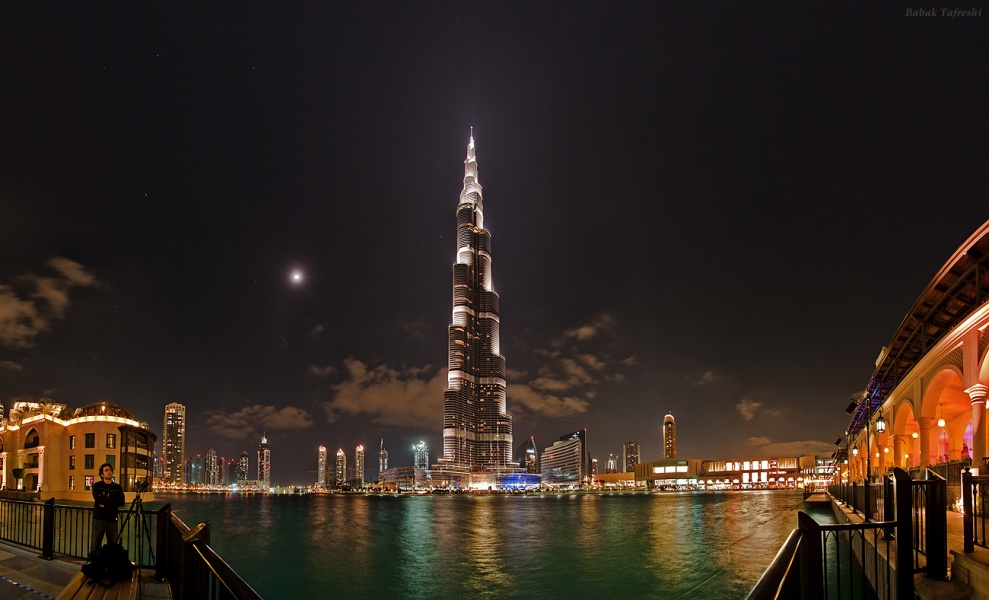_______________________________________________________________
Please vote for the TWO best Astronomy Pictures of the Day (image and text) of July 10-16, 2011.
(Repeated APODs are not included in the poll.)
All titles are clickable and link to the original APOD page.
We ask for your help in choosing an APOW as this helps Jerry and Robert create "year in APOD images" review lectures, create APOM and APOY polls that can be used to create a free PDF calendar at year's end, and provides feedback on which images and APODs were relatively well received. You can select two top images for the week.
We are very interested in why you selected the APODs you voted for, and enthusiastically welcome your telling us why by responding to this thread.
Thank you!
_______________________________________________________________
<- Previous week's poll
If the full Moon suddenly faded, what would you see? The answer during the total lunar eclipse last month was recorded in a dramatic time lapse video from Tajikistan. During a total lunar eclipse, the Earth moves between the Moon and the Sun, causing the moon to fade dramatically. The Moon never gets completely dark, though, since the Earth's atmosphere refracts some light. As the above video begins, the scene may appear to be daytime and sunlit, but actually it is a nighttime and lit by the glow of the full Moon. As the moon becomes eclipsed and fades, the wind dies down and background stars can be seen reflected in foreground lake. Most spectacularly, the sky surrounding the eclipsed moon suddenly appears to be full of stars and highlighted by the busy plane of our Milky Way Galaxy. The sequence repeats with a closer view, and the final image shows the placement of the eclipsed Moon near the Eagle, Swan, Trifid, and Lagoon nebulas. Nearly two hours after the eclipse started, the moon emerges from the Earth's shadow and its bright full glare again dominates the sky.
Here is one of the largest objects that anyone will ever see on the sky. Each of these fuzzy blobs is a galaxy, together making up the Perseus Cluster, one of the closest clusters of galaxies. The cluster is seen through a foreground of faint stars in our own Milky Way Galaxy. Near the cluster center, roughly 250 million light-years away, is the cluster's dominant galaxy NGC 1275, seen above as a large galaxy on the image left. A prodigious source of x-rays and radio emission, NGC 1275 accretes matter as gas and galaxies fall into it. The Perseus Cluster of Galaxies, also cataloged as Abell 426, is part of the Pisces-Perseus supercluster spanning over 15 degrees and containing over 1,000 galaxies. At the distance of NGC 1275, this view covers about 15 million light-years.
For the last time, the US Space Shuttle has approached the International Space Station (ISS). Following a dramatic launch from Cape Canaveral last week that was witnessed by an estimated one million people, Space Shuttle Atlantis on STS-135 lifted a small crew to a welcome rendezvous three days ago with the orbiting station. Although NASA is discontinuing the aging shuttle fleet, NASA astronauts in the near future will be able to visit the ISS on Russian space flights. Pictured above, Atlantis rises toward the ISS with its cargo bay doors open, showing a gleaming metallic Raffaello Multi-Purpose Logistics Module. Over 200 kilometers below lie the cool blue waters of planet Earth. The much-anticipated last glide back to Earth for the Space Shuttle is currently scheduled for next Thursday, July 21.
Neptune rotates once on its axis in about 16 hours. So, spaced about 4 hours apart these 4 images of the solar system's most distant gas giant cover one Neptune day. Recorded by the Hubble Space Telescope in late June they combine exposures made with visible and near-infrared filters to show high-altitude clouds composed of methane ice crystals against the planet's normally blue cloud tops. Because Neptune's axis of rotation is tilted to its orbital plane by 29 degrees, compared to Earth's 23.5 degrees, Neptune experiences seasons analogous to Earth's. As early summer comes to Neptune's southern hemisphere and winter to the north, Hubble observations have shown cloud activity shifting to the northern hemisphere. In fact the progression of Neptune's seasons has come around once since its position was predicted by French mathematician Urbain Le Verrier and British mathematician John Couch Adams, and the planet was subsequently discovered by German astronomer Johann Galle on September 23, 1846. With an orbital period of approximately 165 years, this week on July 12, Neptune has been once around the Sun since its discovery date.
NGC 3314 is actually two large spiral galaxies which just happen to almost exactly line up. The foreground spiral is viewed nearly face-on, its pinwheel shape defined by young bright star clusters. But against the glow of the background galaxy, dark swirling lanes of interstellar dust appear to dominate the face-on spiral's structure. The dust lanes are surprisingly pervasive, and this remarkable pair of overlapping galaxies is one of a small number of systems in which absorption of light from beyond a galaxy's own stars can be used to directly explore its distribution of dust. NGC 3314 is about 140 million light-years (background galaxy) and 117 million light-years (foreground galaxy) away in the multi-headed constellation Hydra. The background galaxy would span nearly 70,000 light-years at its estimated distance. A synthetic third channel was created to construct this dramatic new composite of the overlapping galaxies from two color image data in the Hubble Legacy Archive.
A starry night over the city of Dubai in the United Arab Emirates is really not so starry. In fact, the Moon is the only celestial beacon to come close to competing with city lights in this night skyscape, a situation all too familiar to urban skygazers. The futuristic looking scene is dominated by the 800 meter tall Khalifa Tower, presently the tallest free standing structure on planet Earth. But for now you should also be able to make out a few of the very brightest stars in Earth's night sky. Capella is left of the tower and Aldebaran, Betelgeuse, Rigel, and stars in Orion's Belt can just be identified in the heavily light-polluted skies. Need some help finding them? Slide your cursor over the image.
<- Previous week's poll
Poll: Astronomy Picture of the Week for 2011 July 10-16
Poll: Astronomy Picture of the Week for 2011 July 10-16
A closed mouth gathers no foot.
Re: Poll: Astronomy Picture of the Week for 2011 July 10-16
The Neptune pictures, links and explanation present a world more fantastic than the ones sci-fi portrays: the manner of discovery, once around the Sun since discovery, the fastest winds we have observed (1500 mph), forty year long springtime, those enchanting colors, the clouds and storms...I had to vote for Neptune first!
It is surprising to see the low percentage of votes the Neptune APOD received thus far in this poll, despite its sophisticated, rare and intriguing beauty.
For the second vote, the galaxies Hubble discovered lined up, where we can use the light of one to see the other well, I think among all the marvels in this week's selection, this is quite unique.
It is surprising to see the low percentage of votes the Neptune APOD received thus far in this poll, despite its sophisticated, rare and intriguing beauty.
For the second vote, the galaxies Hubble discovered lined up, where we can use the light of one to see the other well, I think among all the marvels in this week's selection, this is quite unique.




